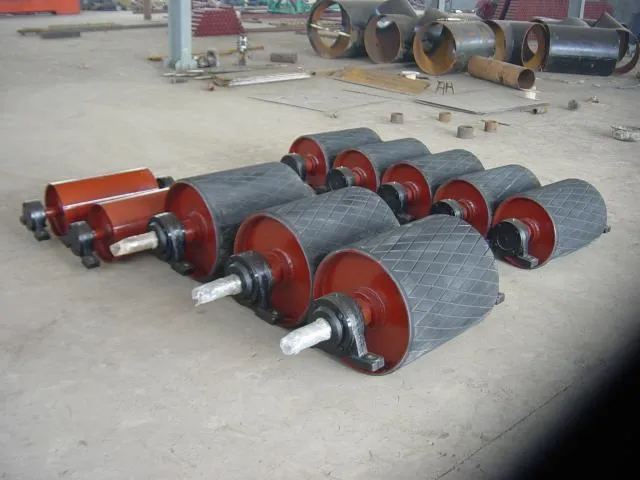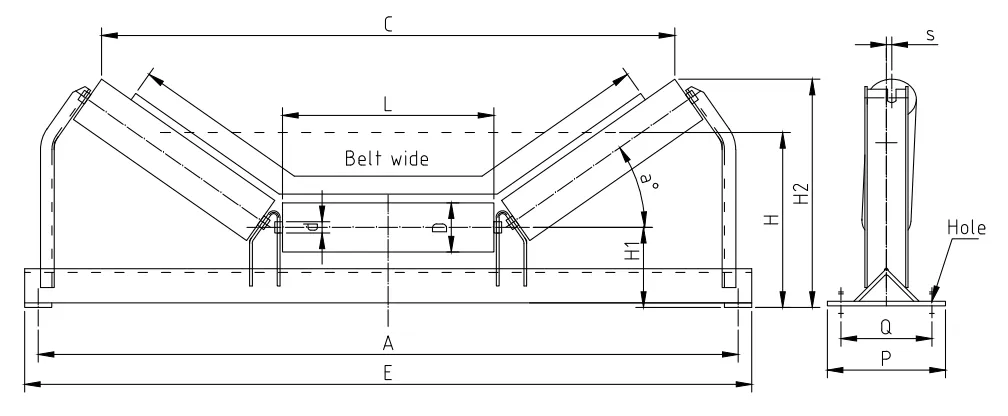 Afrikaans
Afrikaans  Albanian
Albanian  Amharic
Amharic  Arabic
Arabic  Armenian
Armenian  Azerbaijani
Azerbaijani  Basque
Basque  Belarusian
Belarusian  Bengali
Bengali  Bosnian
Bosnian  Bulgarian
Bulgarian  Catalan
Catalan  Cebuano
Cebuano  Corsican
Corsican  Croatian
Croatian  Czech
Czech  Danish
Danish  Dutch
Dutch  English
English  Esperanto
Esperanto  Estonian
Estonian  Finnish
Finnish  French
French  Frisian
Frisian  Galician
Galician  Georgian
Georgian  German
German  Greek
Greek  Gujarati
Gujarati  Haitian Creole
Haitian Creole  hausa
hausa  hawaiian
hawaiian  Hebrew
Hebrew  Hindi
Hindi  Miao
Miao  Hungarian
Hungarian  Icelandic
Icelandic  igbo
igbo  Indonesian
Indonesian  irish
irish  Italian
Italian  Japanese
Japanese  Javanese
Javanese  Kannada
Kannada  kazakh
kazakh  Khmer
Khmer  Rwandese
Rwandese  Korean
Korean  Kurdish
Kurdish  Kyrgyz
Kyrgyz  Lao
Lao  Latin
Latin  Latvian
Latvian  Lithuanian
Lithuanian  Luxembourgish
Luxembourgish  Macedonian
Macedonian  Malgashi
Malgashi  Malay
Malay  Malayalam
Malayalam  Maltese
Maltese  Maori
Maori  Marathi
Marathi  Mongolian
Mongolian  Myanmar
Myanmar  Nepali
Nepali  Norwegian
Norwegian  Norwegian
Norwegian  Occitan
Occitan  Pashto
Pashto  Persian
Persian  Polish
Polish  Portuguese
Portuguese  Punjabi
Punjabi  Romanian
Romanian  Russian
Russian  Samoan
Samoan  Scottish Gaelic
Scottish Gaelic  Serbian
Serbian  Sesotho
Sesotho  Shona
Shona  Sindhi
Sindhi  Sinhala
Sinhala  Slovak
Slovak  Slovenian
Slovenian  Somali
Somali  Spanish
Spanish  Sundanese
Sundanese  Swahili
Swahili  Swedish
Swedish  Tagalog
Tagalog  Tajik
Tajik  Tamil
Tamil  Tatar
Tatar  Telugu
Telugu  Thai
Thai  Turkish
Turkish  Turkmen
Turkmen  Ukrainian
Ukrainian  Urdu
Urdu  Uighur
Uighur  Uzbek
Uzbek  Vietnamese
Vietnamese  Welsh
Welsh  Bantu
Bantu  Yiddish
Yiddish  Yoruba
Yoruba  Zulu
Zulu Јан . 14, 2025 14:06
Back to list
pulley lagging types
Pulley lagging is an essential component in conveyor systems, playing a critical role in enhancing the performance and longevity of the conveyor belt. Understanding the different types of pulley lagging is crucial for choosing the right materials that will ensure optimal functionality and efficiency. This guide explores the various types of pulley lagging, emphasizing their unique features, benefits, and applications to assist you in making informed decisions.
Chevron Lagging Known for its characteristic V-shaped pattern, chevron lagging is engineered for excellent resistance to belt slippage and high friction conditions. This type of lagging offers superior grip in both dry and wet environments, making it suitable for a variety of industrial applications. The chevron design directs any loose materials to the pulley edges, maintaining a clean surface and promoting consistent belt operation. Choosing chevron lagging can significantly enhance operational efficiency, especially in challenging conditions. Plain Lagging Unlike textured lagging, plain lagging offers a smooth surface ideal for conveyor systems where belt slip is not a significant concern. It provides a uniform tension across the width of the belt, making it suitable for light and medium-duty applications. While it might lack the gripping power of other types, plain lagging is beneficial in scenarios where minimum resistance is required. Its streamlined surface also simplifies cleaning and maintenance operations. In conclusion, selecting the appropriate type of pulley lagging is vital for maximizing the effectiveness and lifespan of your conveyor system. Each lagging type possesses unique attributes tailored to specific operational contexts. Whether you require heightened grip, increased durability, or specialized performance under specific conditions, understanding these differences will ensure that your conveyor system operates at peak efficiency. Investing in the right pulley lagging solution not only improves productivity but also enhances the overall reliability of the material handling processes. Make an informed choice to elevate your conveyor system’s performance today.


Chevron Lagging Known for its characteristic V-shaped pattern, chevron lagging is engineered for excellent resistance to belt slippage and high friction conditions. This type of lagging offers superior grip in both dry and wet environments, making it suitable for a variety of industrial applications. The chevron design directs any loose materials to the pulley edges, maintaining a clean surface and promoting consistent belt operation. Choosing chevron lagging can significantly enhance operational efficiency, especially in challenging conditions. Plain Lagging Unlike textured lagging, plain lagging offers a smooth surface ideal for conveyor systems where belt slip is not a significant concern. It provides a uniform tension across the width of the belt, making it suitable for light and medium-duty applications. While it might lack the gripping power of other types, plain lagging is beneficial in scenarios where minimum resistance is required. Its streamlined surface also simplifies cleaning and maintenance operations. In conclusion, selecting the appropriate type of pulley lagging is vital for maximizing the effectiveness and lifespan of your conveyor system. Each lagging type possesses unique attributes tailored to specific operational contexts. Whether you require heightened grip, increased durability, or specialized performance under specific conditions, understanding these differences will ensure that your conveyor system operates at peak efficiency. Investing in the right pulley lagging solution not only improves productivity but also enhances the overall reliability of the material handling processes. Make an informed choice to elevate your conveyor system’s performance today.
Next:
Latest news
-
The Unrivaled Performance of Polyurethane Pulleys in Industrial ApplicationsNewsAug.25,2025
-
The Critical Role of Drum Lagging in Conveyor SystemsNewsAug.25,2025
-
Navigating Industrial Efficiency: The Critical Role of Conveyor PulleysNewsAug.25,2025
-
InIntroduction to Advanced Pulley Lagging SolutionsNewsAug.25,2025
-
Industry Trends in Pulley Lagging TechnologyNewsAug.25,2025
-
Revolutionizing Conveyor Reliability with Advanced Rubber Lagging PulleysNewsJul.22,2025
OUR PRODUCTS





























